
MOSCOW, February 13, Tatyana Pichugina The report of the first human death from the recently discovered Alaskapox virus, spread by small rodents, has caused great concern throughout the world. The pathogen belongs to the genus Orthopoxviruses, which includes smallpox and several zoonotic lineages that cause outbreaks in different parts of the world.
What is known about the smallpox death from Alaska
In mid-September, an elderly resident of Alaska's Kenai Peninsula who was being treated for cancer noticed a red rash on the skin of his right armpit. According to the Alaska Epidemiological Service, the patient contacted his doctor and the emergency room several times about this. They prescribed courses of antibiotics. A biopsy of the affected tissue did not reveal malignant cells or bacterial infection.
The treatment did not produce results. Lumps appeared, the man felt weakness, pain in the armpit and shoulder. His arm lost mobility; on November 17 he was admitted to the hospital, then transported to a clinic in Anchorage, the largest city in the state.
The patient was getting worse. The rash turned into sores with gray scabs from which fluid oozed. CT scans and MRIs revealed several lesions in the body consistent with smallpox, a deadly viral disease eradicated in the 1980s.
Testing was carried out to determine the pathogen. The preliminary result indicated a similarity to the cowpox virus, but subsequent analyzes refuted this. The vaccinia and monkeypox viruses were also not confirmed. The sample was sent to the US Centers for Disease Control and Prevention, where tests showed a relationship with the Alaskapox virus discovered in 2015.
The patient was prescribed treatment against smallpox, as well as immunoglobulins. A week later, his condition improved, but then he began to quickly lose strength, the wounds did not heal, and he developed acute renal failure and breathing problems. The patient died at the end of January.
It is unclear how he could have become infected. He lived alone in a remote area, did not travel, did not have contact with visitors or infectious patients. Suspicion so far falls on a stray cat, which was taken care of by the deceased, who received scratches more than once. One of them — on the right hand — a month before the illness. However, the animal tests negative for the strange virus. It is also possible that the man could have contracted the infection by digging in soil contaminated with waste from wild mammals.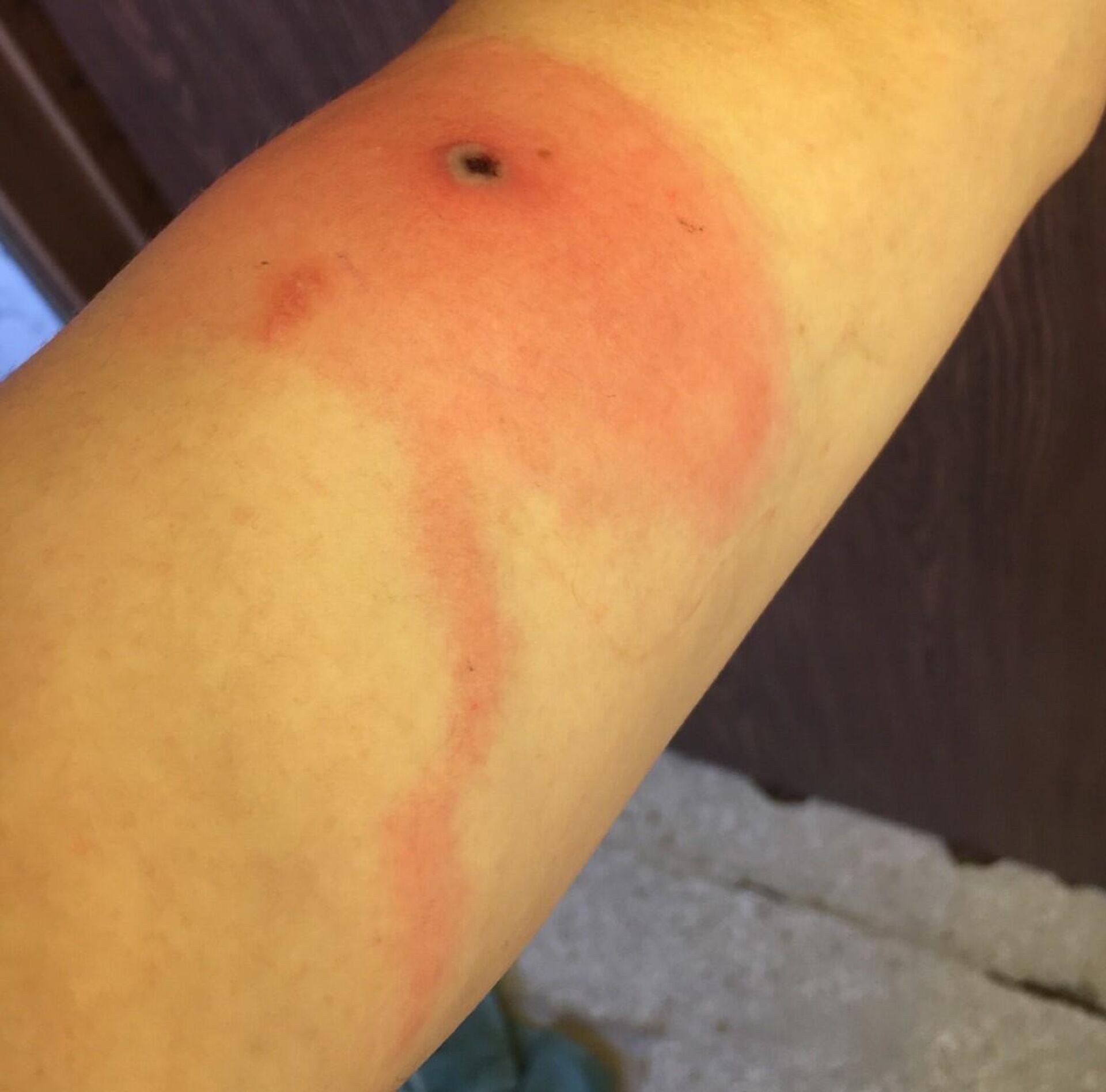
Who and how discovered the Alaskapox virus
In July 2015, a middle-aged woman was admitted to a clinic in Fairbanks on the Alaska Peninsula with a suspected spider bite on her right shoulder. Her lymph nodes were painful and swollen, she had a high fever for five days, and the patient complained of weakness.
Serious chronic diseases, including infectious ones, have not been previously recorded. However, the skin had a red rash with scabs and erythema — a long red stripe. The therapist suspected a virus and sent the swabs to the laboratory. From there, the isolates were sent to a smallpox laboratory in the United States, where at the end of August they determined that they belonged to the genus Orthopoxvirus. Genome sequencing has shown that it is a distant relative of the smallpox virus from the Old World. It was designated AK2015_poxvirus, and later called Alaskapox («Alaska smallpox»).
Epidemiologists went to the residence of patient zero (which was not disclosed) to determine the source of the disease. They took swabs from those with whom she interacted, and also captured small animals around the house and collected fecal samples. All samples turned out to be negative, the authors of the discovery write in a specialized scientific journal.
The woman recovered. Although even 45 days after the onset of symptoms, the red rash was still noticeable. Full recovery occurred six months later.
The second case of Alaskapox was observed in 2021 by the same doctor. The patient suffered similar symptoms and recovered after six weeks. She had no contact with wild mammals, but she had two cats, one of which hunted small rodents.
Scientists tested wild small mammals in the vicinity of her home and found the virus in red-backed voles, as well as parts of it genome in squirrels and flying squirrels.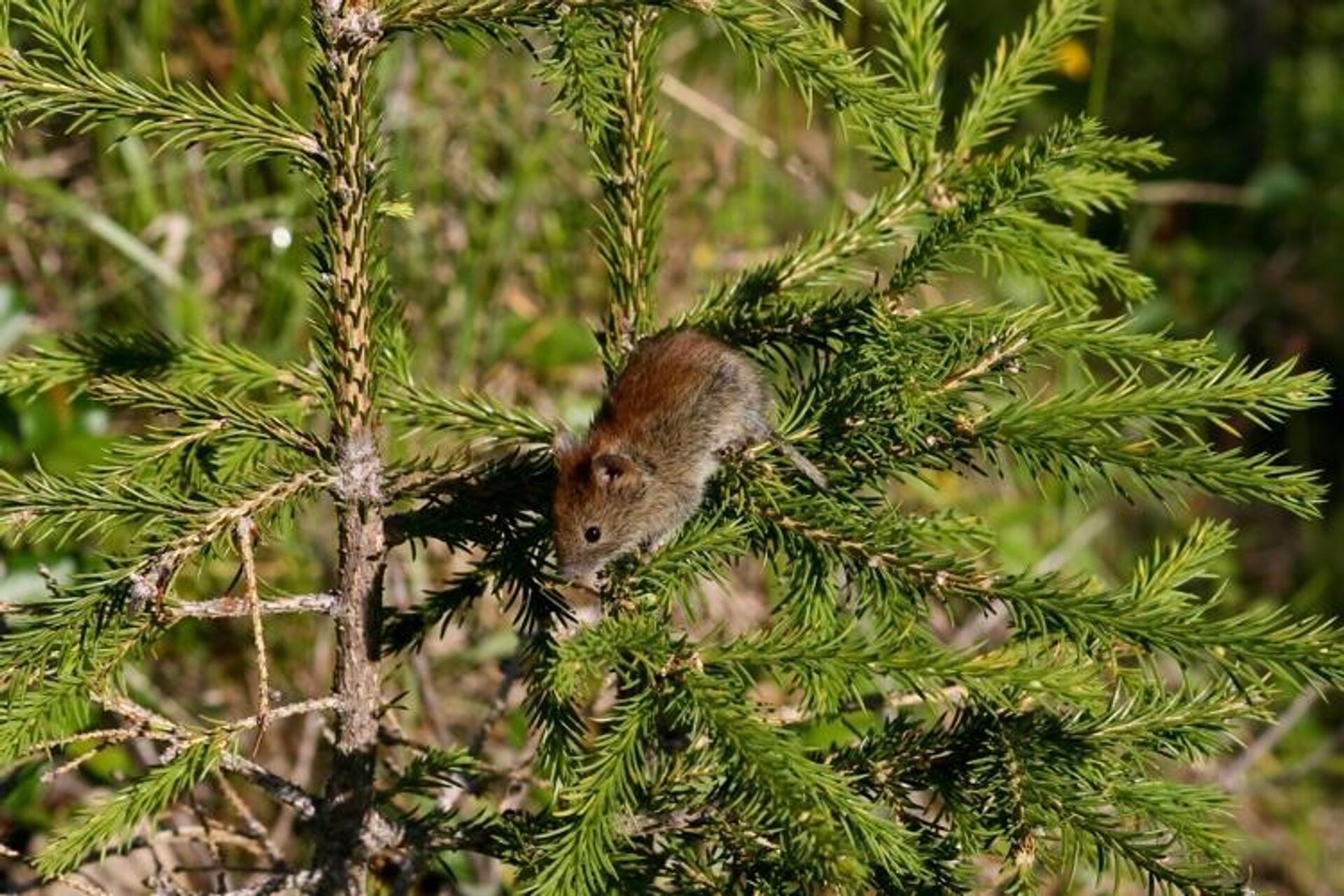
< br />
Hypotheses of origin
Genome-wide analysis showed that Alaskapox is closer to Old World orthopoxviruses. Someone could have brought it to the United States, or the infection occurred through a chain of objects. It is possible that the transmission link was the partner of patient zero, who works in the oil industry and has been, in particular, to Azerbaijan.
Orthopoxviruses unknown to science were previously discovered in this region (Akhmeta virus in Georgia in 2010). However, given that a lot of time passed between the trip to Transcaucasia and the symptoms of infection, this option is unlikely. However, the period during which the virus remains viable on non-living objects is unknown.
The new virus may be endemic to the peninsula, circulating in one or two natural reservoirs. The woman lived in her own house in the forest and could have become infected from some animal.
In North America, related viruses are known in raccoons, skunks, and voles. However, in Alaska, large mammals have always been studied, without paying enough attention to small ones — they are clearly not sufficiently covered by testing.
What are the dangers of orthopoxviruses
Orthopoxviruses are classified as DNA-containing viruses. A total of 12 species are known, including the formerly deadly smallpox and the newly discovered Alaskapox. Most are zoonotic, meaning they circulate in wild animal populations.
It is alarming that orthopoxviruses are increasingly trying to cross the interspecies barrier by jumping to humans. The most striking example is monkeypox in Central Africa. In 2011, three people became infected with camel pox in India, and cases were reported in Northern Sudan. The clinical picture is very similar to smallpox. Scientists emphasize that these viruses have 99 percent the same genomes. The differences are just a few nucleotides.
The smallpox vaccine helps against all orthopoxviruses. However, vaccinations have not been done since 1980, when they announced the destruction of the virus in the human population. Since then, herd immunity has begun to weaken, and now people are defenseless against new pathogens of this kind. Epidemiologists warn that outbreaks will become more frequent.
The Alaskapox virus has not yet been studied enough. Only seven cases were reported, including a death. The rest caused moderate illness. The length of the incubation period is unknown.
The natural reservoir is still unclear. So far it has been isolated from four species of red-backed voles and from the pet of one of the patients.
The area of distribution of the new virus is also questionable. Until now, it has only been found in the Fairbanks area, but the current case occurred in a different area. This means the range is wider than thought. Currently, large-scale testing of wild animals is underway in Alaska to determine carriers of the virus outside the region where it was discovered.
Rospotrebnadzor excludes the importation of the Alaskapox virus into Russia and infection with it. This is stated in the department’s Telegram channel. To identify people with signs of infectious diseases arriving from countries with unfavorable epidemiological conditions, the Perimeter AIS was used. Experts note: not a single case of transmission of the virus from person to person has been registered.











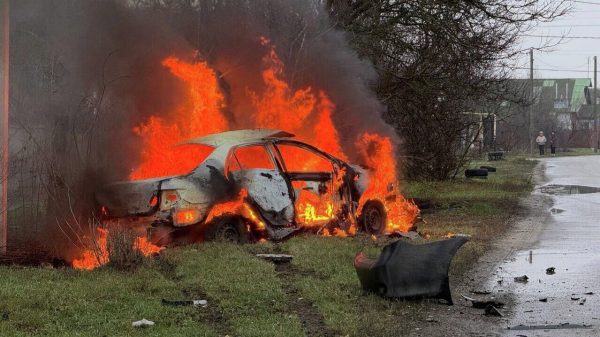







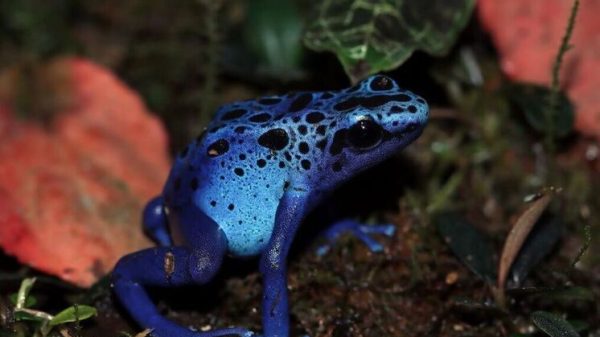


















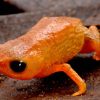













Свежие комментарии